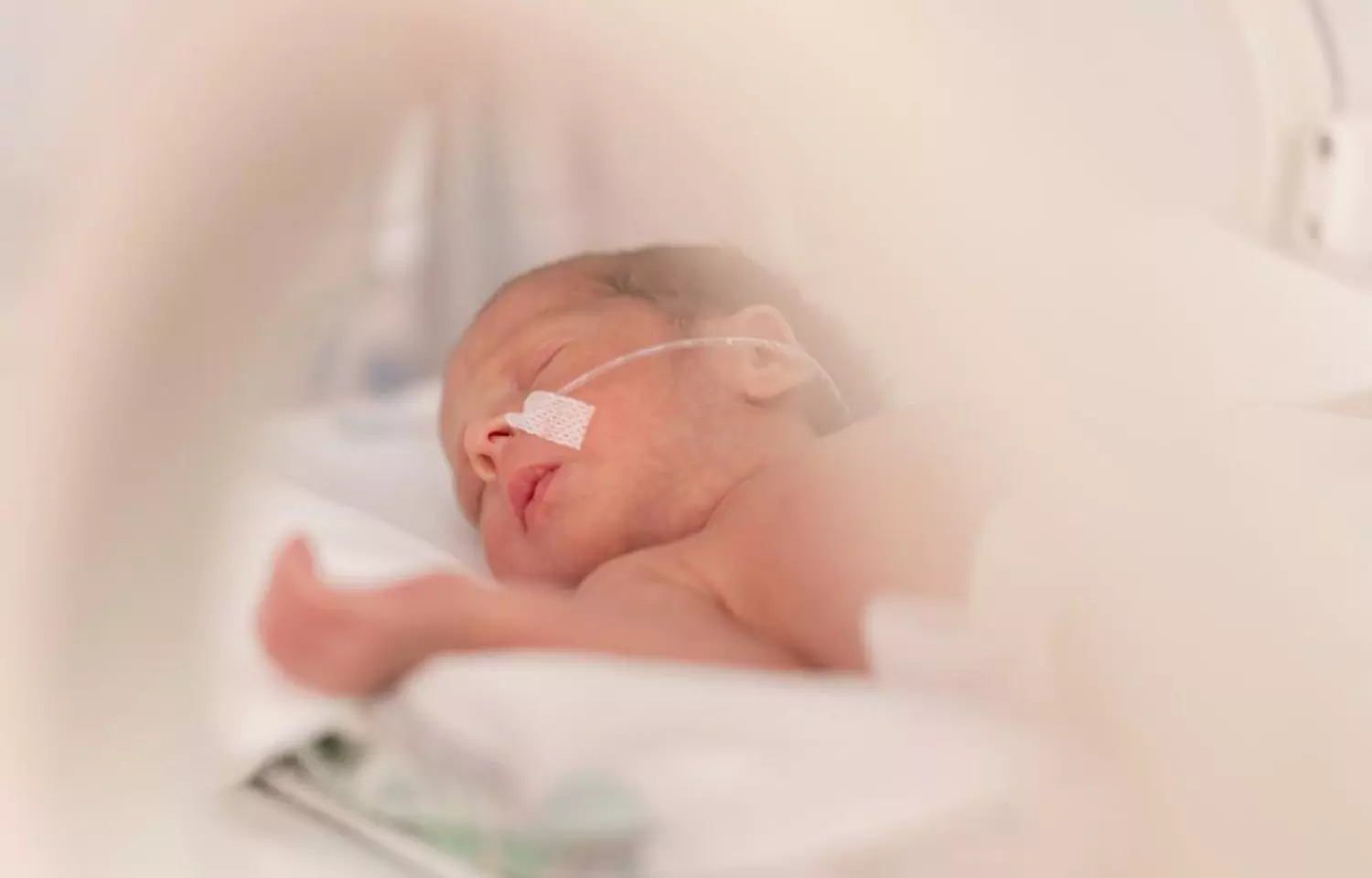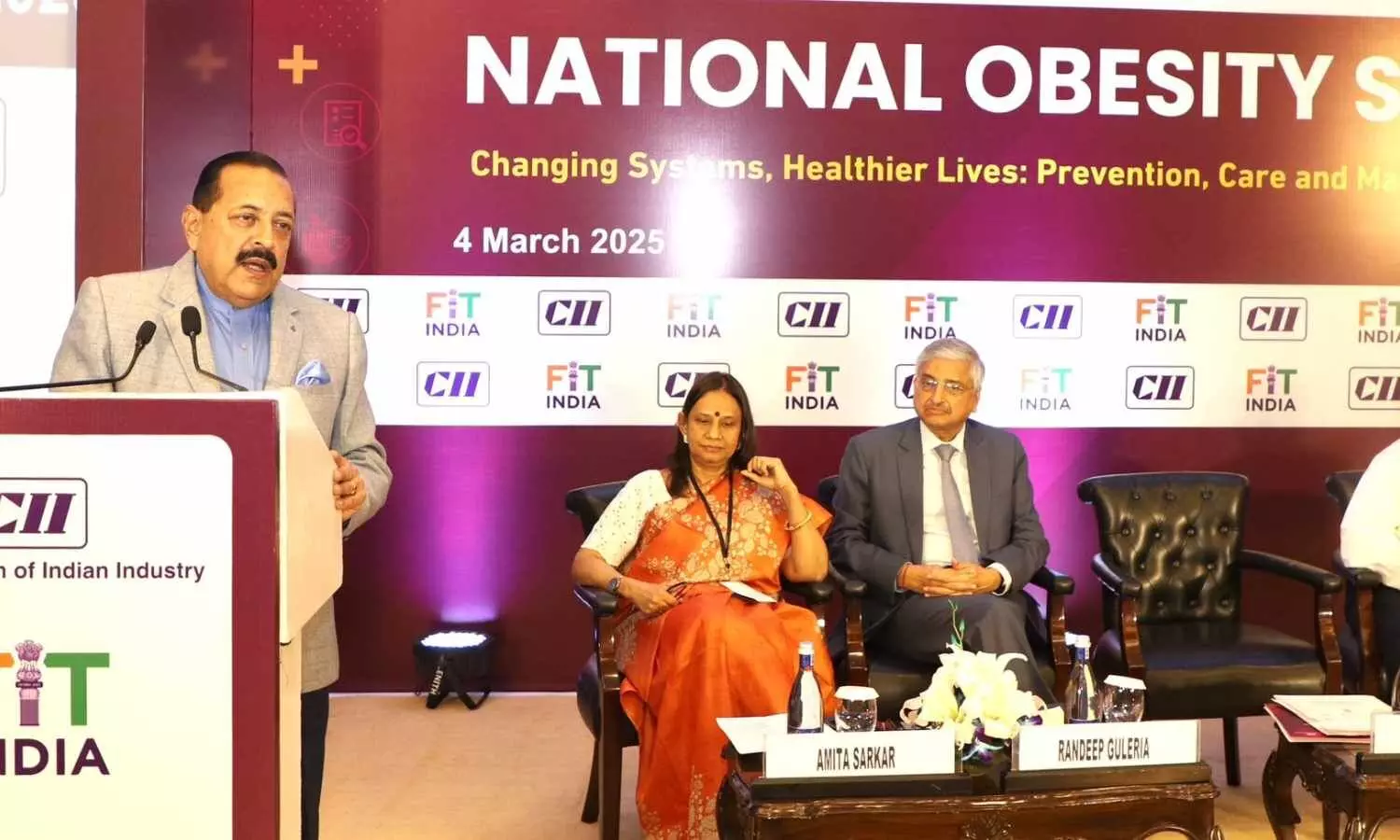Onychomycosis prevalence significantly higher in psoriasis patients: Study

A new study showed that psoriasis patients were 1.68 times more likely to acquire onychomycosis than people without psoriasis. The major findings of this study were published in the journal of Mycoses.
It has been observed that the prevalence of onychomycosis which is a common nail condition marked by thicker, discolored, and brittle nails, varies among psoriasis patients in comparison to the general population. About 2% to 3% of people worldwide suffer with psoriasis that affects up to 79% of individuals with nail involvement.
Accurate diagnosis is made more difficult by the frequent overlap in the clinical characteristics of nail psoriasis and onychomycosis. To provide evidence-based insights for clinical management, Mengying Liu and team conducted a systematic review and meta-analysis to determine if the prevalence of onychomycosis varies between those with psoriasis and those without.
Using the Population, Comparator, Intervention, and Outcome (PICO) framework, the research question and keywords were created. Using the keywords “onychomycosis,” “psoriasis,” and so forth, entries in either English or Chinese were retrieved as of October 26, 2024, from Embase, PubMed, the Cochrane Library, CBM, CNKI, and Web of Science. Additionally, STATA was used for the meta-analysis.
A total of 967 documents were found, and the final analysis included 13 studies with 10,967 non-psoriasis people and 2751 psoriasis patients. According to the meta-analysis, the prevalence of onychomycosis was 1.68 times higher in psoriasis patients than in non-psoriasis patients (95% CI: 1.21-2.33).
The probability of onychomycosis among clinically unrecognized patients was 1.78 times greater (95% CI: 1.33-2.38) for those with psoriasis than for those without the condition, according to subgroup analysis. Most of the included studies have moderate to low levels of bias.
According to the findings of this review and meta-analysis, it is critical to rule out nail lesions associated with onychomycosis before making a psoriasis diagnosis. This is especially important before starting immunosuppressive medications like methotrexate, steroids, or biologics, as they may make fungal infections worse. These results highlight how crucial it is to have a proper diagnosis, particularly before immunosuppressive treatment, in order to stop fungal infections from getting worse. Overall, psoriasis patients are far more likely to have onychomycosis than non-psoriasis people.
Source:
Liu, M., Kang, Y., & Zhang, R. (2025). The prevalence of onchomycosis in psoriasis patients: A systematic review and meta‐analysis. Mycoses, 68(2). https://doi.org/10.1111/myc.70035
Powered by WPeMatico




